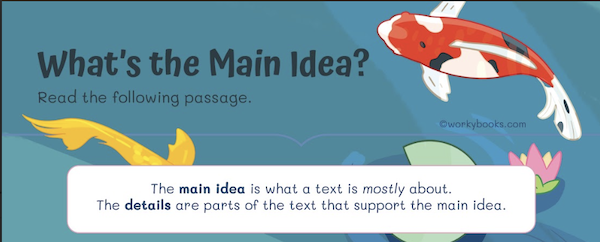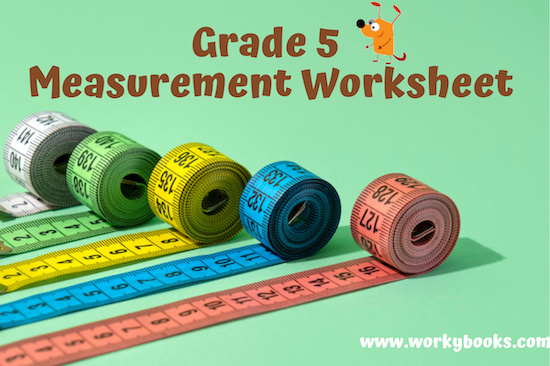Earth Day Quiz for Elementary Kids
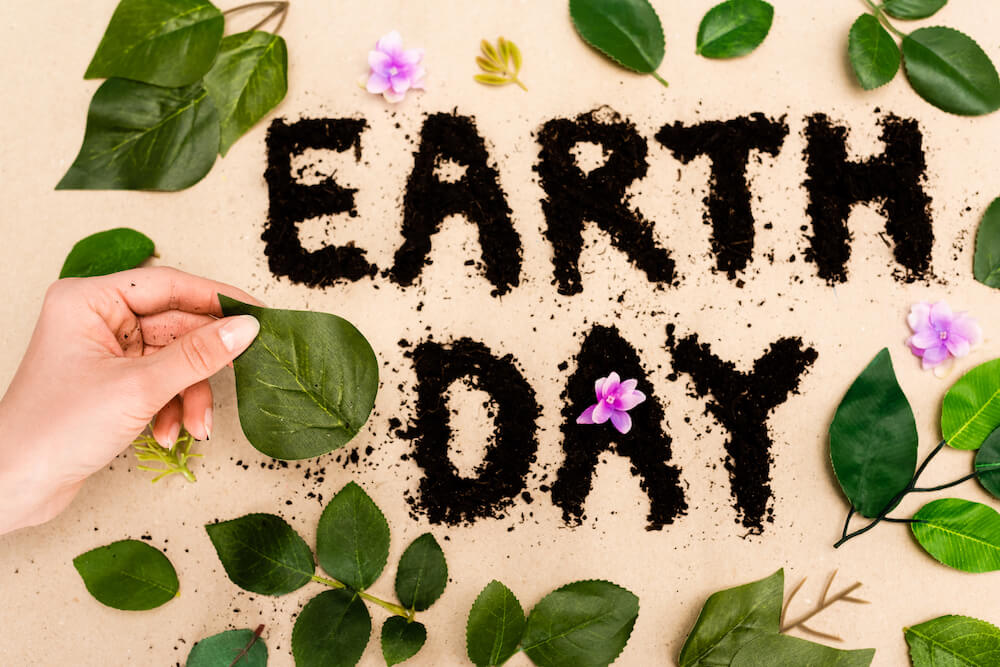
Engage elementary students in the spirit of environmental awareness with our Earth Day Quiz!
The History of Earth Day
In today’s rapidly changing world, the importance of Earth Day has never been more evident. As we face pressing environmental challenges such as climate change, biodiversity loss, pollution, and resource depletion. Earth Day serves as a crucial reminder of the urgent need for collective action to protect our planet and secure a sustainable future for generations to come.
Earth Day is a special day when people all around the world come together to celebrate our beautiful planet and learn how we can take care of it. But do you know the history of Earth Day?
The first Earth Day was held in 1970 in the United States, following a massive oil spill in California the year before. In 1969, Senator Gaylord Nelson proposed the idea of a national day dedicated to environmental education and activism. His idea inspired millions of Americans to participate in rallies, marches, and clean-up efforts across the country. Did you know on April 22, 1970: Twenty million people participated in activities for the first Earth Day in the United States. The impact of the first Earth Day was enormous. It helped to spark a wave of environmental awareness and activism that spread around the world. People realized that they could make a difference by working together to protect our planet.
The event was so successful that it led to the creation of the Environmental Protection Agency and the passage of landmark environmental laws, such as the Clean Air Act and the Clean Water Act.
Earth Day Goes Global:
As the years went by, Earth Day continued to grow in popularity. It became a global event, with people from every corner of the globe joining together to celebrate and take action for the environment. By the late 1980s, environmental issues had become pressing global concerns. Pollution, deforestation, habitat destruction, and other environmental problems were affecting countries across the globe. There was a growing realization that these issues could not be addressed solely at the national level and required international cooperation. The 1990s marked a period of increased globalization, with greater economic, cultural, and political interconnectedness between countries.
In 1992, the United Nations Earth Summit in Rio de Janeiro, Brazil, which brought together leaders from 178 countries to discuss global environmental challenges. This summit helped establish a framework for international cooperation on environmental issues.
Earth Day Awareness in Classrooms
Bringing Earth Day awareness into classrooms is an essential step in educating the next generation about environmental conservation and sustainability. By engaging elementary students with informational passages and an Earth Day quiz, educators can foster a deeper understanding of the importance of protecting our planet.
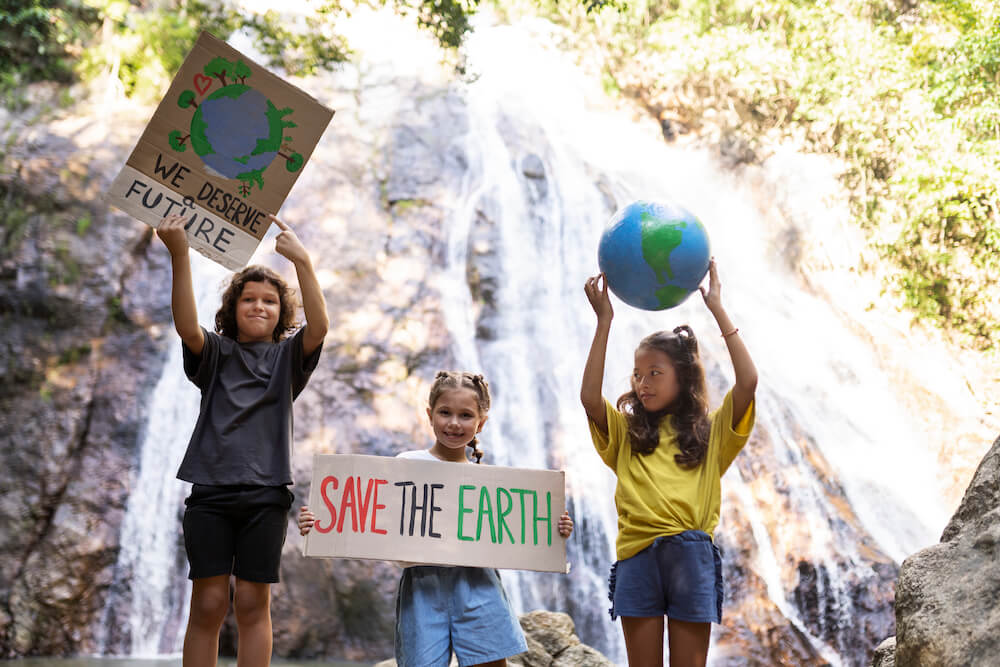
Here are Three Informational Passages along with an Accompanying Reading Comprehension Earth Day Quiz Designed for Students:
Passage 1: Earth Day and Different Types of Pollution
Earth Day is an annual event celebrated on April 22nd to raise awareness about environmental issues and encourage people to take action to protect our planet. One of the biggest environmental problems facing the Earth today is pollution.
Pollution occurs when something harmful is introduced into the environment, making it dirty or unsafe. Different types of pollution affect different parts of the Earth. Air pollution, for example, is caused by car exhaust, factory smoke, and burning fossil fuels. This type of pollution can make the air dirty and hard to breathe and contribute to health problems like asthma and allergies.
- Water pollution happens when chemicals, trash, and other harmful substances end up in our rivers, lakes, and oceans. This can make the water unsafe for animals to live in and for people to drink or swim in. Some common causes of water pollution include oil spills, fertilizer runoff from farms, and plastic waste that ends up in the ocean.
- Land pollution is another type of pollution that affects the Earth’s soil and land surfaces. This can happen when people litter, when factories dump waste on the ground, or when harmful chemicals are used in farming. Land pollution can make it hard for plants to grow and for animals to find food and shelter.
The good news is that there are things we can all do to help reduce pollution and protect the Earth. We can start by making small changes in our daily lives, like using reusable bags instead of plastic ones, walking or biking instead of driving, and properly disposing of our waste. By working together and taking action, we can help make the Earth a cleaner, healthier place for everyone.
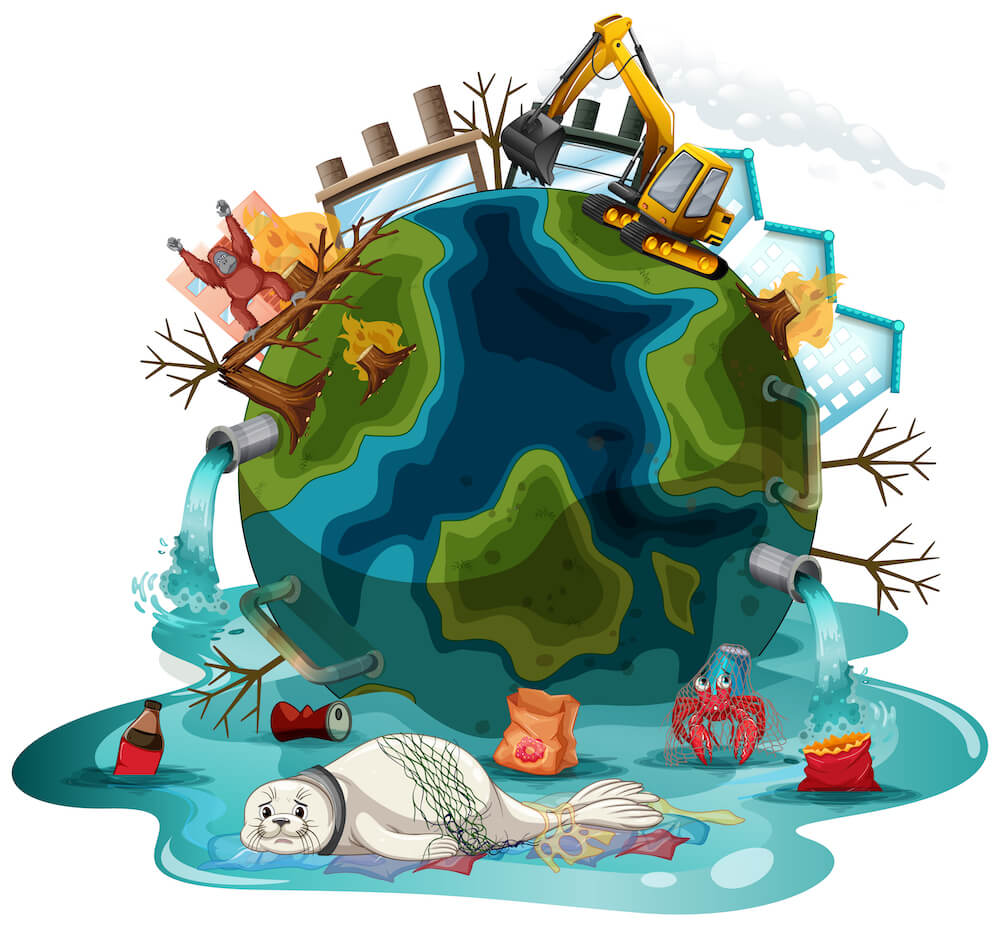
Earth Day Quiz 1:
- What is pollution?
a) Something harmful introduced into the environment
b) Something that makes the environment clean and safe
c) Something that helps plants and animals grow
d) Something that makes the Earth more beautiful - Which of the following is an example of air pollution?
a) Planting trees
b) Recycling plastic bottles
c) Car exhaust and factory smoke
d) Swimming in the ocean - How can water pollution affect animals and people?
a) It can make the water cleaner and safer
b) It can make the water unsafe to drink or swim in
c) It can help fish and other marine animals grow bigger
d) It can make the water taste better - What can individuals do to help reduce pollution?
a) Litter and throw trash on the ground
b) Use plastic bags instead of reusable ones
c) Drive cars instead of walking or biking
d) Properly dispose of waste and use reusable items
Answer Key:
- a) Something harmful introduced into the environment
- c) Car exhaust and factory smoke
- c) It can help fish and other marine animals grow bigger
- d) Properly dispose of waste and use reusable items
Passage 2: Earth Day and Green Initiatives
Earth Day is a special day celebrated on April 22nd every year to remind us about the importance of protecting our planet. It’s a day when people around the world come together to learn about environmental issues and take action to make the Earth a cleaner, healthier place to live.
One way we can help the Earth is by supporting green initiatives. Green initiatives are projects and ideas that aim to reduce pollution, conserve natural resources, and protect the environment. For example, some cities have started using renewable energy sources like solar and wind power to generate electricity instead of burning fossil fuels, which can create pollution.
- Another green initiative is planting trees. Trees are important because they absorb carbon dioxide, a gas that contributes to global warming, and release oxygen back into the air. They also provide homes for animals and help prevent soil erosion. Some communities organize tree-planting events on Earth Day to help make their neighborhoods greener.
- Recycling is another important green initiative. When we recycle materials like paper, plastic, and glass, we reduce the amount of waste that ends up in landfills and conserve natural resources. Many schools and businesses have recycling programs that make it easy for people to recycle.
Green initiatives like these are important because they help protect the Earth and ensure that it remains a healthy, beautiful place for future generations. By supporting green initiatives and making small changes in our daily lives, we can all make a difference in helping to protect our planet.
Earth Day Quiz 2:
- What is the purpose of Earth Day?
a) To celebrate the invention of the car
b) To watch movies about the Earth
c) To buy new clothes and toys
d) To learn about environmental issues and take action - Which of the following is an example of a green initiative?
a) Using renewable energy sources
b) Cutting down trees
c) Throwing away plastic bottles
d) Driving cars everywhere - Why are trees important for the environment?
a) They make the Earth look prettier
b) They absorb carbon dioxide and release oxygen
c) They make it harder to build houses and roads
d) They are fun to climb - What happens when we recycle materials like paper, plastic, and glass?
a) We create more waste for landfills
b) We conserve natural resources
c) We make the Earth dirtier
d) We use more energy and water
Answer Key:
- d) To learn about environmental issues and take action
- a) Using renewable energy sources
- b) They absorb carbon dioxide and release oxygen
- b) We conserve natural resources
Passage 3: Earth and Recycling
Earth Day is a special day that reminds us to take care of our planet. It’s celebrated every April 22nd. Recycling is one of the best ways we can help the Earth.
Recycling is when we take materials that we’ve already used and turn them into new things. For example, an old plastic bottle can be melted down and made into a new toy or a fleece jacket. When we recycle, we reduce the amount of trash that goes into landfills, which are big holes in the ground where garbage is buried.
We can recycle many different things, such as paper, plastic, glass, and metal. To make it easier to recycle, we separate these materials into different bins. In many places, there are special recycling bins for each type of material. Some communities even have recycling trucks that come to pick up recycled items from our homes.
Recycling is important because it helps conserve our planet’s resources. When we make new things from recycled materials, we use less energy and water than if we made them from new materials. This means there’s less pollution and less damage to the environment.
Another great thing about recycling is that it can be fun! You can get creative and find new ways to reuse old things. For example, you can turn an old jar into a vase for flowers or use old newspapers to do colourful art projects.
By recycling, we can all do our part to keep the Earth healthy and beautiful for years to come. So, on Earth Day and every day, remember to reduce, reuse, and recycle!
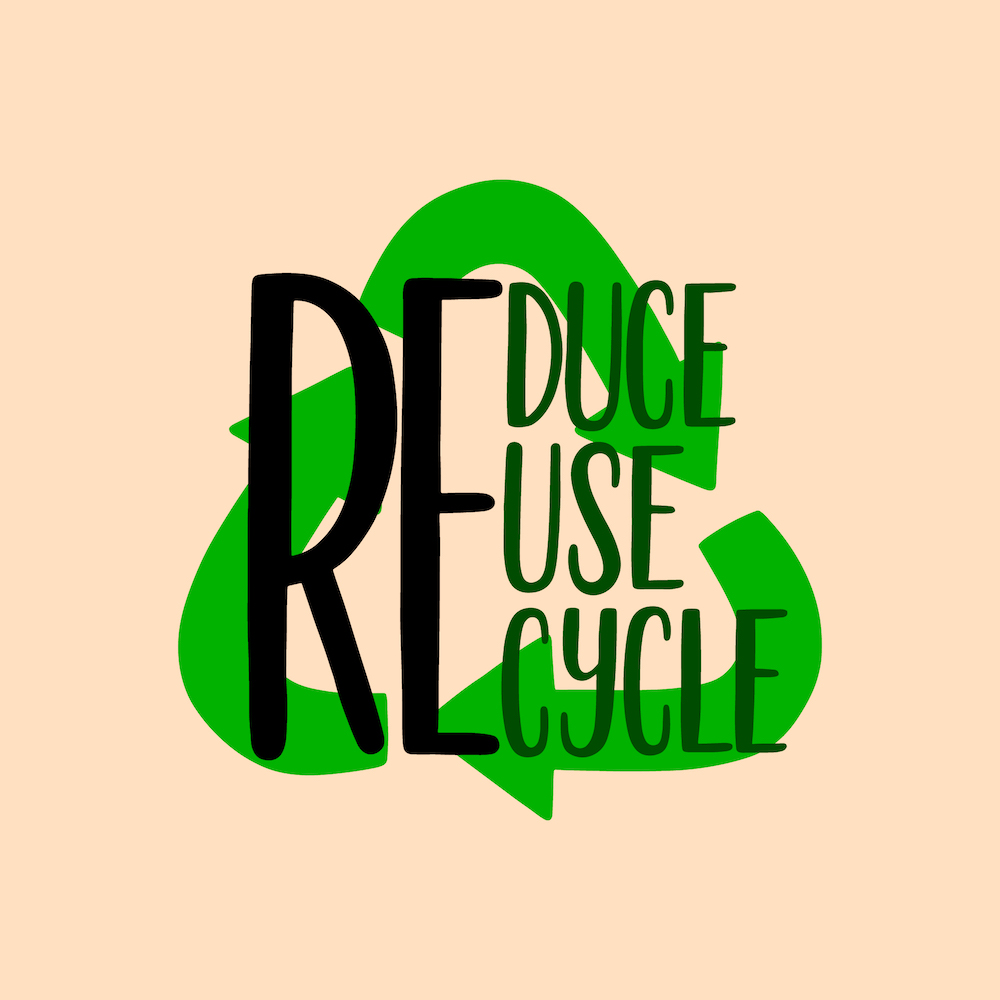
Earth Day Quiz 3:
- When is Earth Day celebrated?
a) January 1st
b) March 22nd
c) April 22nd
d) June 5th - What does recycling help us do?
a) Create more trash
b) Reduce the amount of trash in landfills
c) Use more energy and water
d) Make new materials from scratch - Which of these materials can be recycled?
a) Paper
b) Plastic
c) Glass
d) All of the above - How does recycling help the environment?
a) It creates more pollution
b) It uses more energy and water
c) It conserves our planet’s resources
d) It fills up landfills faster
Answer Key:
- c) April 22nd
- b) Reduce the amount of trash in landfills
- d) All of the above
- c) It conserves our planet’s resources
Click here for Earth Day vocabulary with this interactive matching worksheet. Students will enhance their understanding of sustainability, conservation, ecosystems, and more while developing their knowledge of environmental concepts.
Remember to celebrate Earth Day to support environmental protection, raise awareness about pollution and climate change, and be grateful to Mother Earth!
N.G.T

